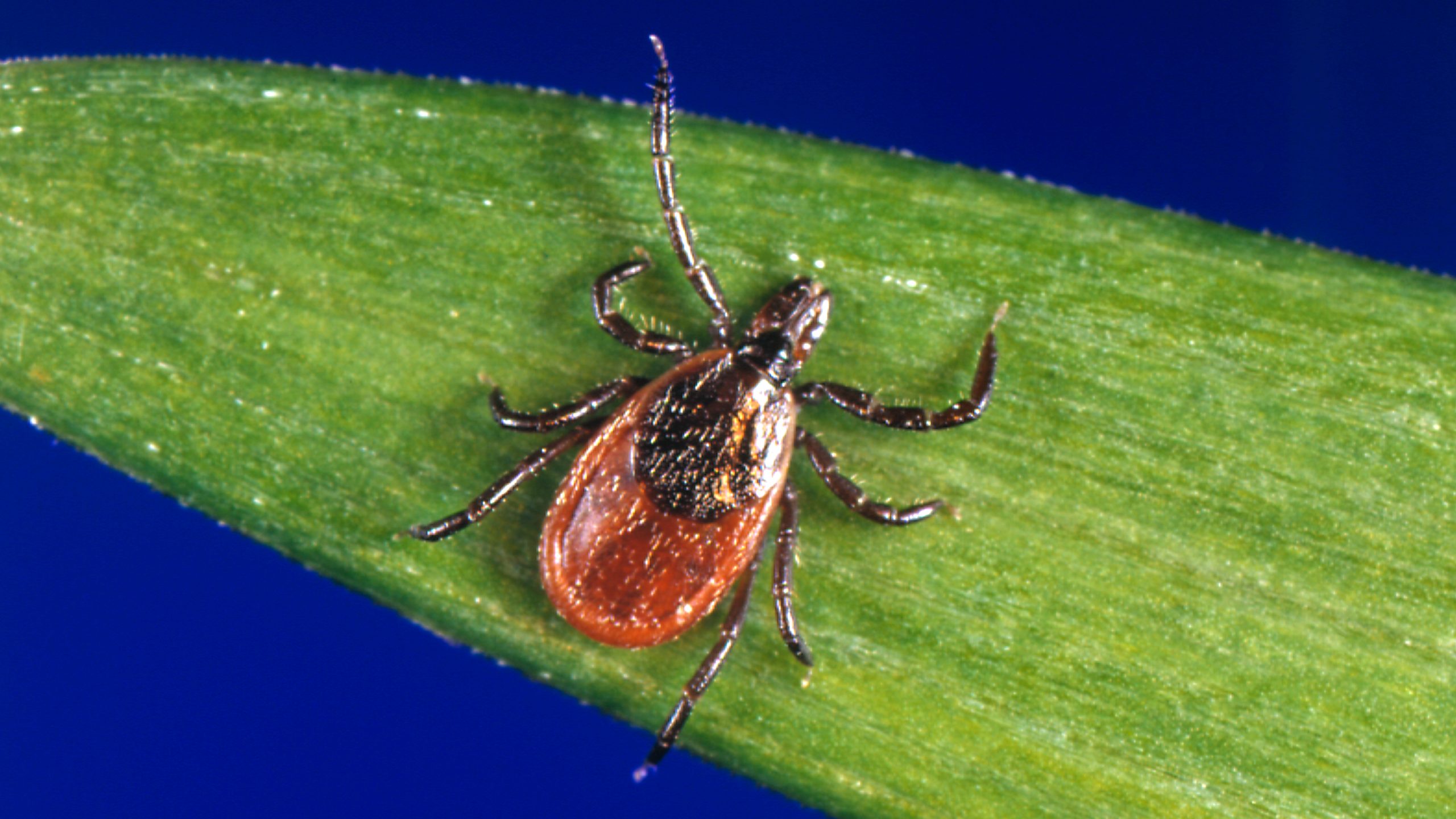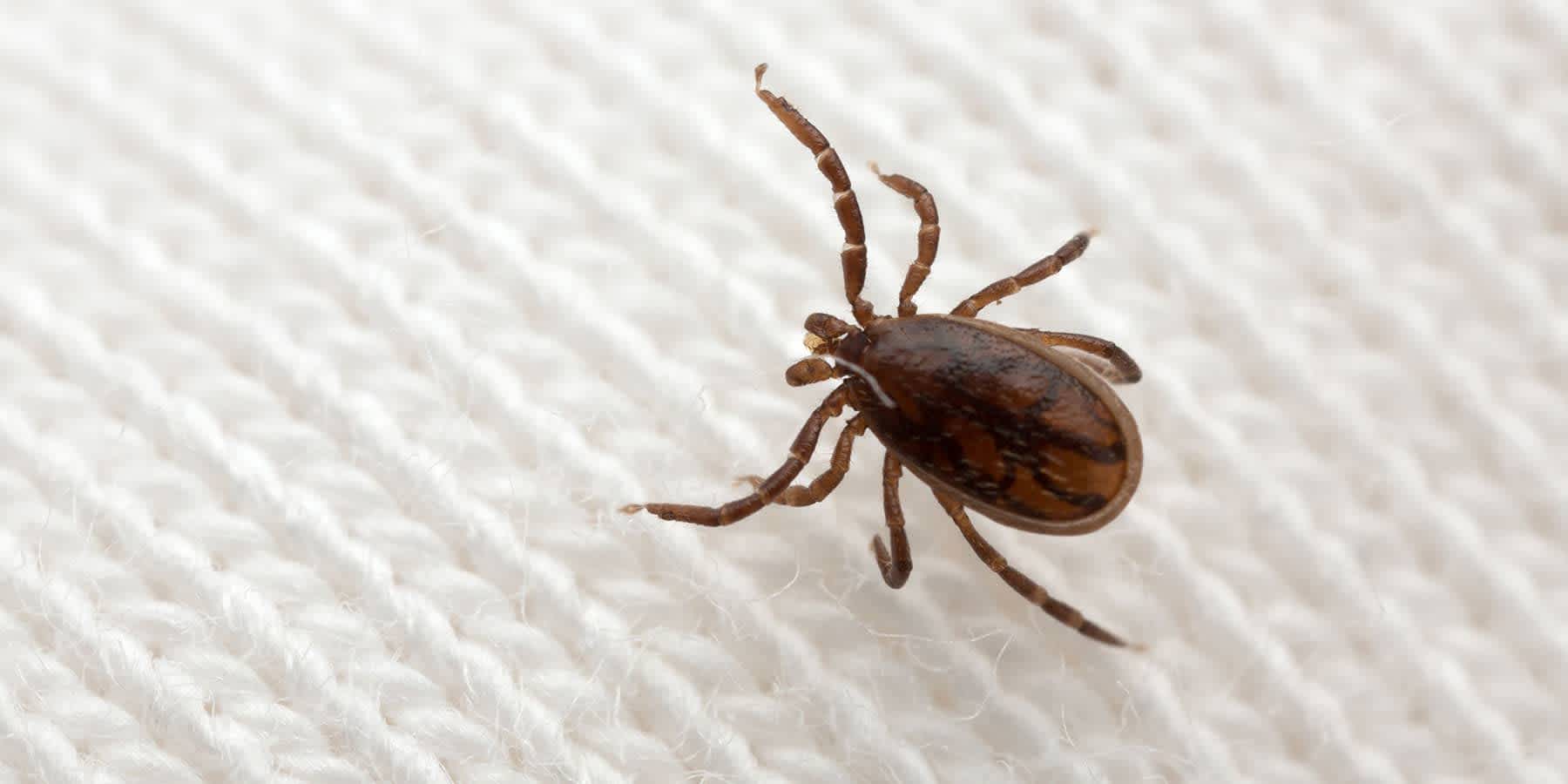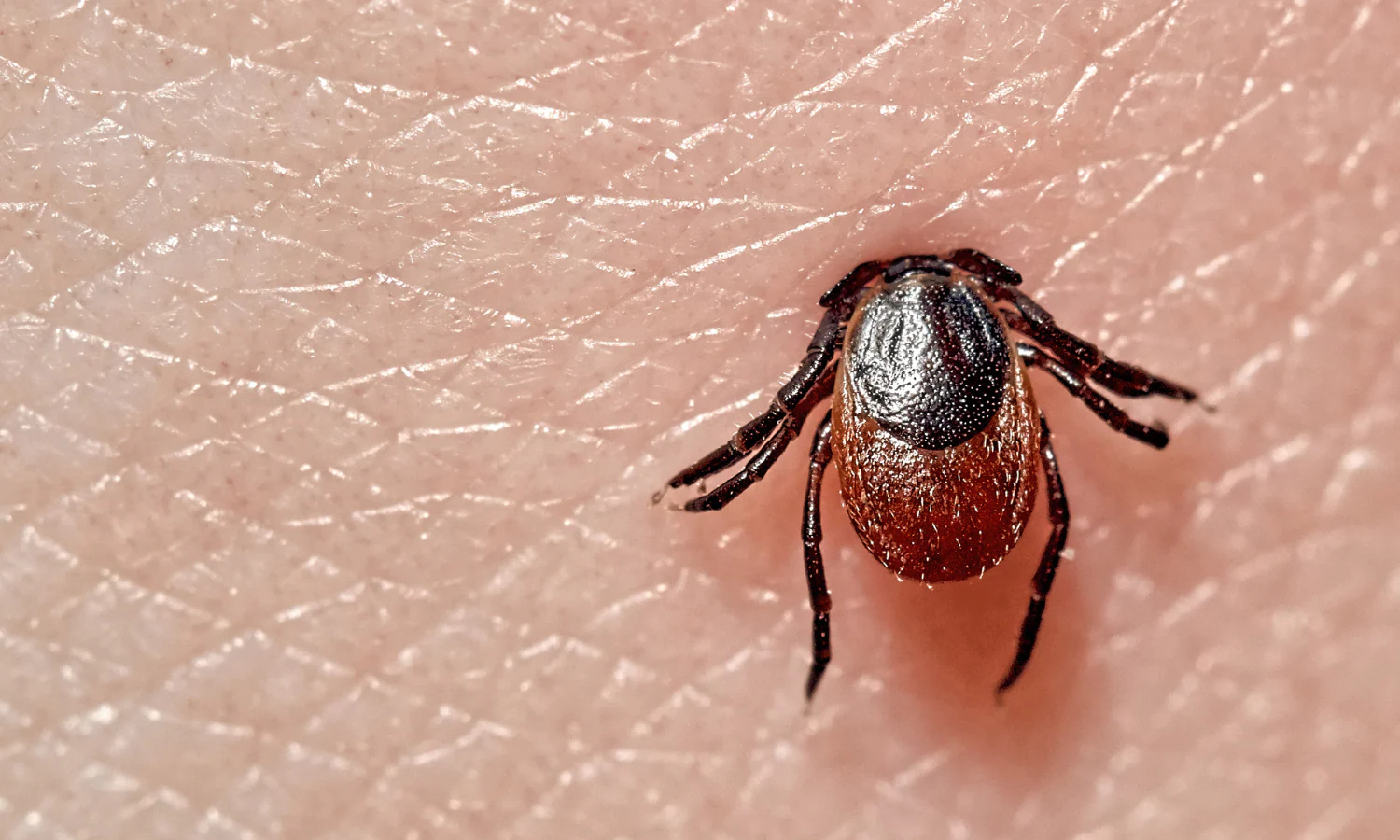Something’s happening in Canada’s forests and backyards that’s got health experts paying close attention. Lyme disease cases jumped from just 522 reported cases in 2014 to over 5,200 in 2024 – that’s a massive ten-fold increase in just one decade. But before you panic about going camping this summer, let’s break down what’s really going on and what you can do about it.
The numbers tell a story that’s both concerning and manageable if you know what you’re dealing with. Lyme disease is spreading because tiny ticks are moving into new parts of Canada where they’ve never lived before.
What Exactly Is This Disease Everyone’s Talking About?
Lyme disease isn’t some mysterious illness that appeared out of nowhere. It’s caused by bacteria that live inside blacklegged ticks (the kind that are smaller than a sesame seed). When these tiny creatures bite you, they can pass the bacteria into your bloodstream. It’s basically nature’s version of a really unwanted package delivery.
The tricky part? About 80% of people with early Lyme disease get a distinctive skin rash called erythema migrans, which looks like a bullseye target expanding outward from the bite site. But that means 20% don’t get the classic warning sign, making it harder to catch early.
Here’s what makes Lyme disease particularly sneaky – the symptoms can feel like having the flu. Fever, headaches, muscle aches, and feeling tired all the time. Sound familiar? That’s why so many cases go undiagnosed initially.
Why Canada’s Seeing So Many More Cases

Climate change isn’t just affecting polar bears and melting ice caps. It’s literally rewriting the boundaries of where diseases like Lyme can survive and spread. Warmer temperatures mean ticks can survive in areas that used to be too cold for them.
In Quebec alone, locally-acquired Lyme disease cases jumped from 66 in 2014 to 562 in 2023 – that’s cases people caught right in their home province, not while traveling somewhere else. The ticks aren’t just visiting anymore; they’re moving in permanently.
Canadian researchers are tracking this spread like a slow-motion invasion map. The blacklegged ticks that carry Lyme disease used to mainly stick to the eastern United States. Now they’re establishing permanent populations in Ontario, Quebec, Nova Scotia, New Brunswick, and parts of Manitoba and Saskatchewan.
What’s really wild is how quickly this change happened. Between 2009 and 2024, Canadian health officials recorded over 27,000 human cases of Lyme disease across the country. That’s a lot of tiny tick bites adding up to a big health concern.
The Real Story Behind Those Rising Numbers
Don’t let the statistics scare you too much. Part of the increase comes from doctors getting better at recognizing and testing for Lyme disease. It’s like finally getting glasses and realizing how much you couldn’t see before – the problem was always there, but now we’re actually spotting it.
Health officials say the 2024 count of 5,239 cases is likely an underestimation because reporting takes time and some cases probably slip through the cracks. But here’s the thing – knowing about a problem is the first step to dealing with it effectively.
The age patterns are interesting too. Adults aged 60-79 years made up the biggest chunk of Lyme disease cases in recent data. This could mean older adults are spending more time outdoors gardening or hiking, or maybe they’re just more likely to seek medical attention when they feel sick.
Spotting the Signs Before Things Get Complicated

Early Lyme disease is actually pretty easy to treat with antibiotics. The key is catching it before it spreads throughout your body. Think of it like stopping a small kitchen fire before it burns down the whole house.
The bullseye rash is your best early warning sign, but it doesn’t always show up right away. Sometimes it takes 3-30 days after a tick bite to appear. Other early symptoms include fever, chills, headache, muscle and joint aches, and swollen lymph nodes.
If Lyme disease goes untreated, it can cause more serious problems months or even years later. We’re talking about joint pain, neurological issues, and heart problems. But here’s the good news – most people who get proper treatment early on make a full recovery.
The challenge is that Lyme disease symptoms can mimic lots of other conditions. “It felt like I had the worst flu of my life, but it just wouldn’t go away,” is how many patients describe their experience.
Your Best Defense Against Lyme Disease
Prevention is way easier than treatment, and it doesn’t require any special equipment or expensive gear. When you’re heading into tick territory (basically anywhere with grass, bushes, or trees), wear light-colored clothing so you can spot ticks more easily.
Tuck your pants into your socks if you don’t mind looking a bit dorky. Use insect repellent with DEET on exposed skin and clothing. After spending time outdoors, do a full-body tick check – and we mean everywhere. Ticks love warm, moist areas like behind your ears, in your armpits, and other places you might not think to look.
Here’s a pro tip: throw your clothes in the dryer on high heat for 10 minutes when you come inside. The heat kills any ticks that might be hitching a ride on your clothes.
What Doctors Want You to Know About Treatment
If you find a tick attached to your skin, don’t panic. Remove it with fine-tipped tweezers by grabbing it as close to your skin as possible and pulling straight up with steady pressure. Don’t twist or jerk – you want to get the whole tick out in one piece.
Save the tick in a sealed container if possible. Some provinces offer tick testing services that can tell you if the tick was carrying Lyme disease bacteria. Even if it was, remember that not every infected tick bite leads to Lyme disease.
Most doctors recommend watching for symptoms over the next few weeks rather than automatically starting antibiotics. But if you develop that characteristic rash or flu-like symptoms, get medical attention quickly. Early treatment with antibiotics is highly effective at preventing Lyme disease from progressing to more serious stages.
Looking Ahead: What This Means for Canadian Families
Researchers are working on projections for how Lyme disease cases and associated healthcare costs might change throughout the 21st century as climate patterns continue shifting. The goal isn’t to scare people away from outdoor activities – it’s to help families enjoy nature safely while staying informed about the risks.
Public health officials are expanding tick surveillance programs and updating risk maps to help Canadians know which areas have higher Lyme disease risk. This information helps doctors know when to test for Lyme disease and helps families make informed decisions about prevention measures.
The bottom line? Lyme disease is becoming more common in Canada, but it’s still preventable and treatable. Don’t let fear of ticks keep you indoors all summer. Just be smart about protection, stay aware of the symptoms, and enjoy everything Canada’s great outdoors has to offer.
Knowledge is power when it comes to Lyme disease. The more people understand about this tick-borne illness, the better equipped we all are to prevent it and catch it early if it does occur.
